Table of Content
The Maharashtra government has made great strides in housing schemes for government-led housing for citizens. The government approved its state housing policy 2025, "Majhe Ghar - Majhe Adhikar" (My Home - My Rights), and is committing ₹70,000 crore, with a target of constructing 35 lakh homes over the next five years. The policy seeks new ways to improve accessibility to urban housing, aid redevelopment, and provide better housing for more income groups.
Key Highlights of Maharashtra Housing Policy 2025
1. Maha Aawas Nidhi: Financing Large-Scale Projects
The policy's backbone is the establishment of the ‘Maha Aawas Nidhi,’ a ₹20,000 crore State fund which will be used to finance large-scale housing projects to ensure adequate resources will be available for the anticipated policy execution. The focus on financial resources is the government’s means of making project implementation less burdensome and to meet its goals.
2. Focus on Slum Rehabilitation and Redevelopment
The policy focuses on slum rehabilitation and redevelopment, with the goal of improving the urban form and landscape through modified or new housing. It wishes to meet the housing demand in already dense areas while providing dignified housing and through this process improve urban image. This process has benefits for residents, and it ultimately has benefits for sustainable urban development.
3. Promotion of Self-Redevelopment
To empower cooperative housing societies, the policy introduces a dedicated ₹2,000 crore self-redevelopment fund. This initiative encourages societies to undertake redevelopment projects independently, fostering a sense of ownership and reducing dependency on external developers.
Also Read: Rajasthan Minister Introduces 3 Housing Projects in Jaipur, 5 in Other Cities
Innovative Implementation Strategies
1. State-Level Grievance Redressal Mechanism
To address delays and quality control issues in redevelopment projects, a state-level grievance redressal committee will be formed. This body will mediate disputes, ensure accountability, and maintain quality standards in line with commitments made during redevelopment.
2. Rent-to-Own Model
One of the policy’s standout features is the introduction of a rent-to-own model. This initiative allows working women, students, and industrial workers to rent homes for up to 10 years with an option to transition to ownership. By making homeownership more accessible, the policy provides a pathway to stability and security for these groups.
3. Centralised Digital Platform: SHIP
The State Housing Information Portal (SHIP) is another groundbreaking element of the policy. This centralized digital platform will support data-driven decision-making, improve project tracking, and enhance transparency in the housing sector. SHIP aims to streamline operations and instill confidence among stakeholders.
4. Social Housing Initiatives Through CSR
Corporate Social Responsibility (CSR) funds will play a pivotal role in supporting social housing initiatives. By fostering public-private partnerships, the policy seeks to involve developers and project enablers in creating inclusive housing solutions. This collaborative approach is expected to drive innovation and ensure equitable housing access.
Economic and Social Impacts
1. Boost to Real Estate and Employment
The implementation of the Maharashtra Housing Policy 2025 is projected to provide a significant boost to the real estate sector. Large-scale housing and redevelopment projects will generate substantial employment opportunities, benefiting the construction industry and related sectors.
2. Social Equity and Livelihood Enhancement
This policy emphasizes affordable housing, which means that all income groups have access to decent living conditions. The practice of social equity is compatible with the government's broader vision of inclusive urban development.
3. Integrated Urban Growth
The policy promotes sustainable urbanization through initiatives like the walk-to-work option and rental housing near employment centers. The policy is expected to create demand for residential real estate like townships and cluster developments and usher in a new integrated way of living.
Industry Perspectives
The Maharashtra housing policy 2025 has received innovative accolades from industry leaders and positive fedback for its inclusive approach. Praising the slum rehabilitation scheme and the Maha Aawas Fund, NAREDCO Maharashtra President, Prashant Sharma said the policy will change the urban housing scenario. NAREDCO and the Hiranandani Group Chairman, Niranjan Hiranandani said the rental housing and last-mile connectivity aspects of this housing policy were transforming and are extremely important to affordable urban living. Nishant Deshmukh, Founder and Managing Partner of Sugee Group, said the housing policy will also help unlock redevelopment opportunities in cities like Mumbai while ensuring social equity.
Challenges and the Road Ahead
The Maharashtra housing policy 2025 will be a trailblazing endeavor however, the policy faces some challenges with respect to project closure within timelimits, accountability, quality governance which are crucial towards meeting the objectives of the policy. The government, private sector and citizens will have to work in coordination to achieve the vision set out in the policy.
Also Read: Oberoi Realty to Launch Ultra-Luxury Project in Gurugram, Modeled After Three Sixty West
Conclusion
Maharashtra housing policy 2025 under the scheme of “Majhe Ghar – Majhe Adhikar” is a courageous and important action plan for the state to address current housing situations. The emphasis on affordable housing, on redevelopment, and on development for all will allow for transformation of the urban housing landscape if done effectively, and collaboratively. Furthermore, the objective to support people to create dignity and security by owning their own home, to make “My Home – My Rights," will be in the hands of the state to implement.
Follow AquireAcers Whatsapp Channel to Stay Updated With The Latest Real Estate News

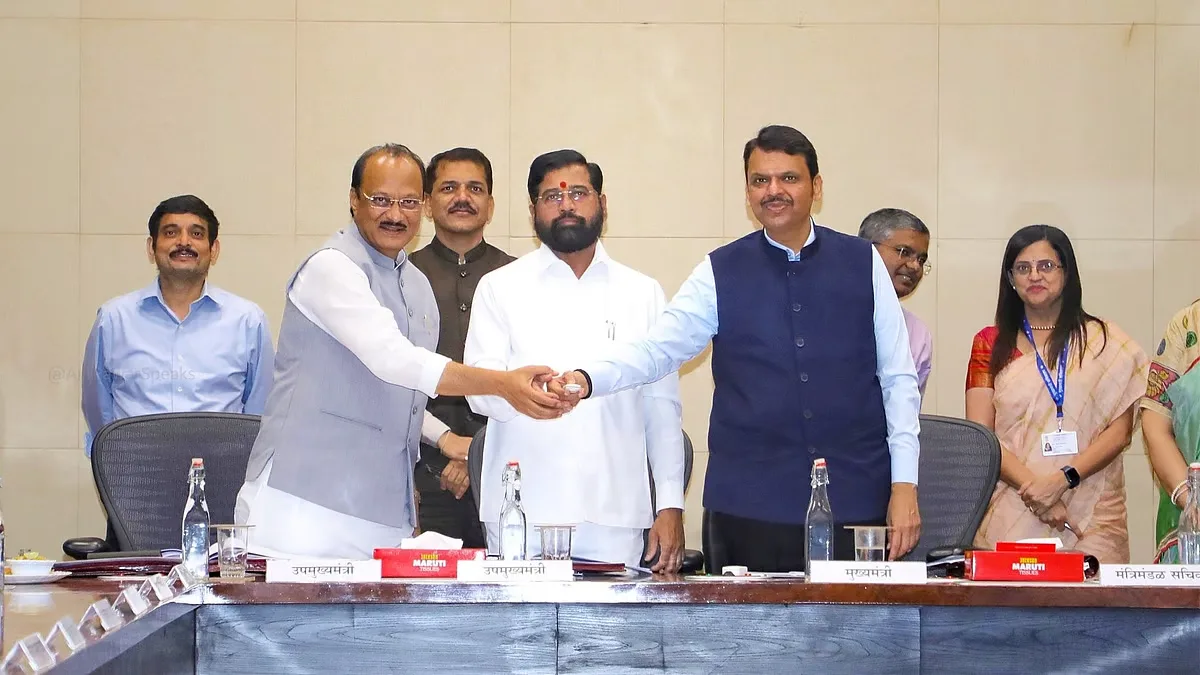
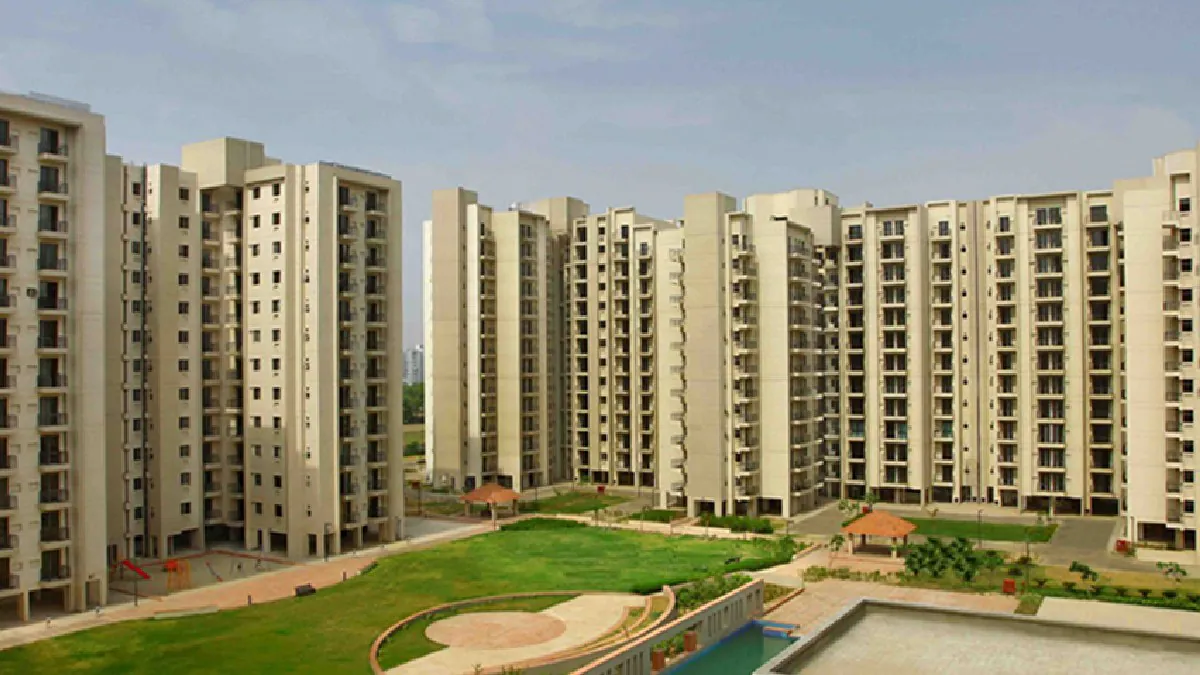
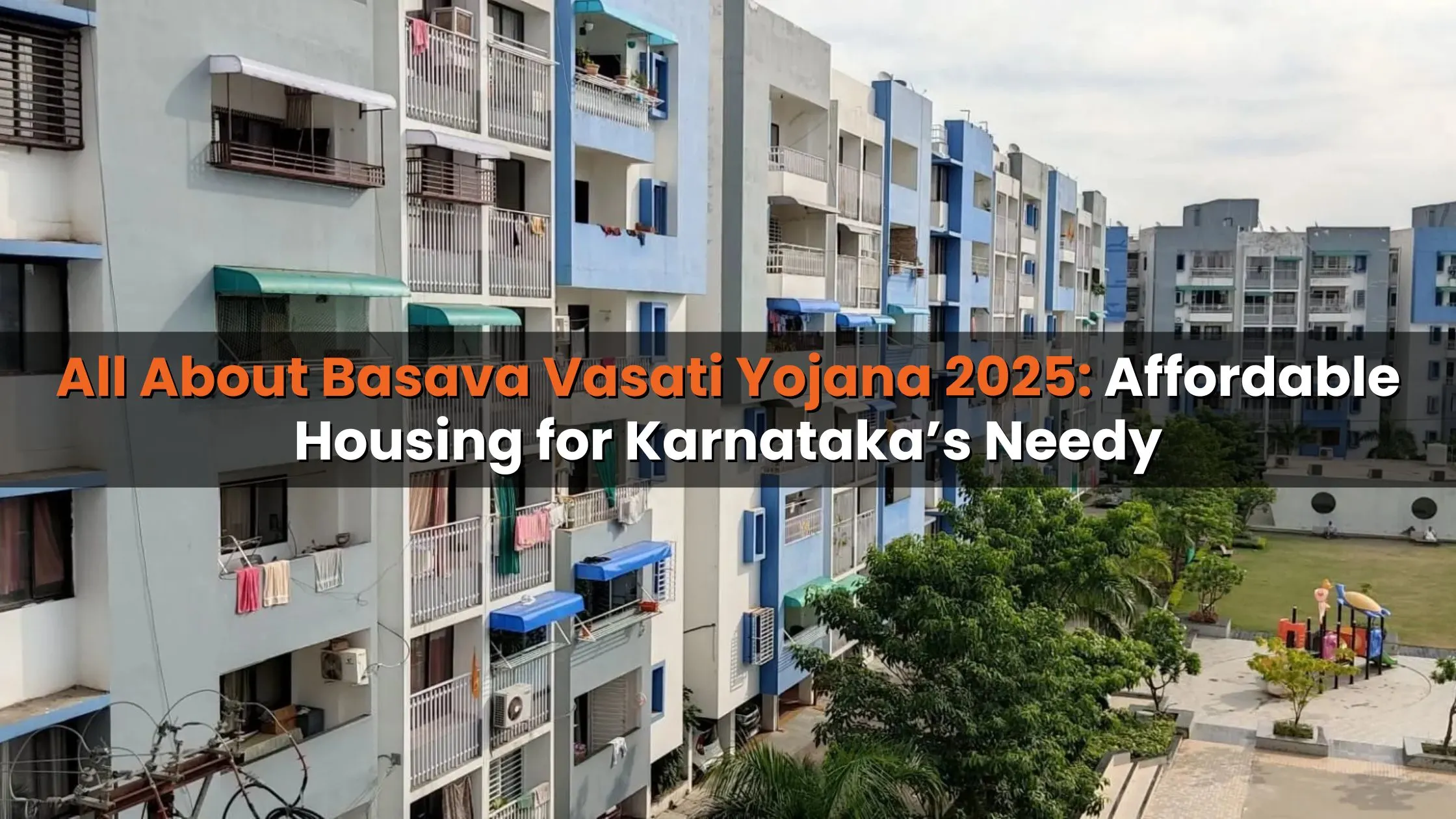
_1755760620.webp)
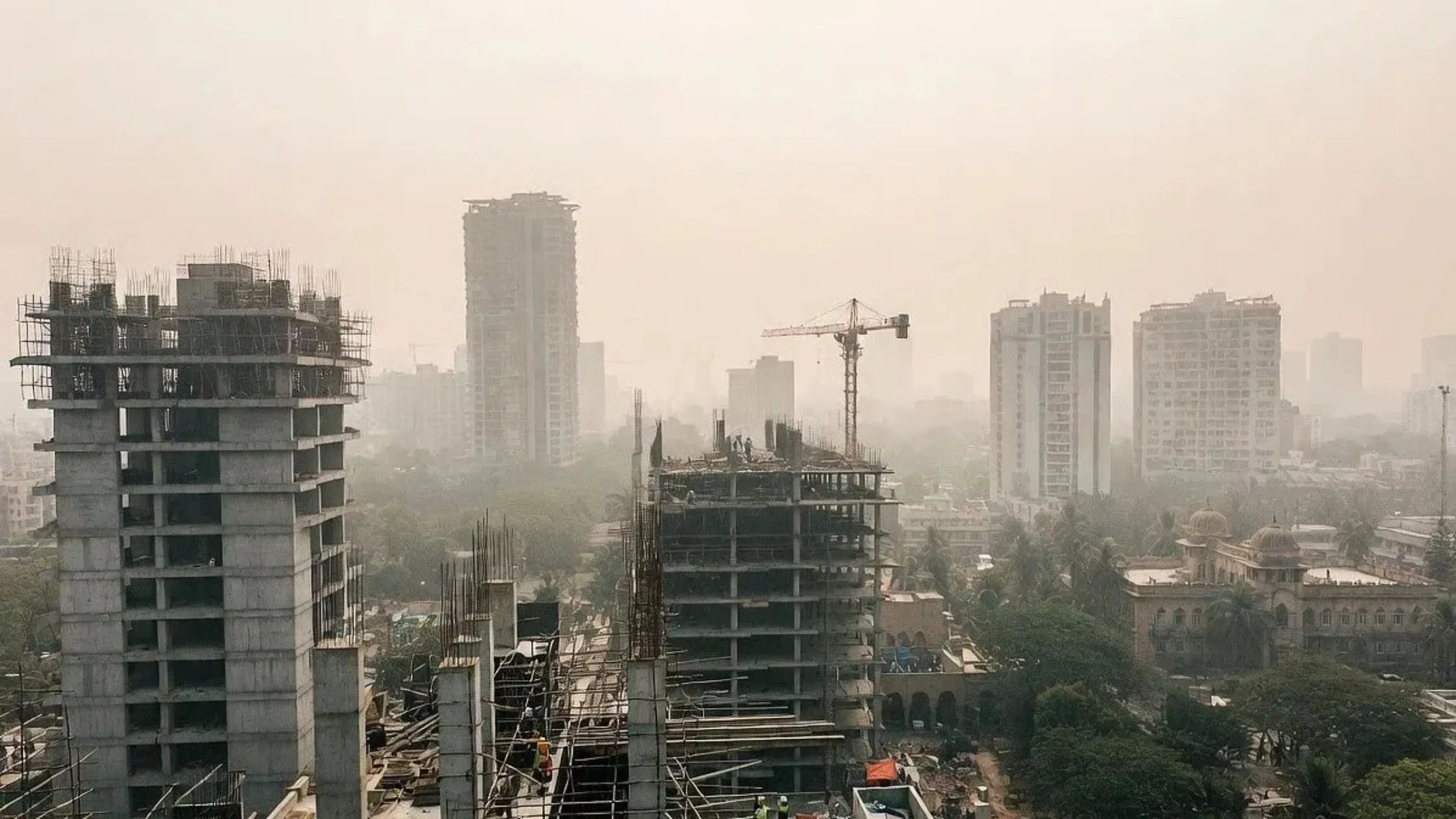
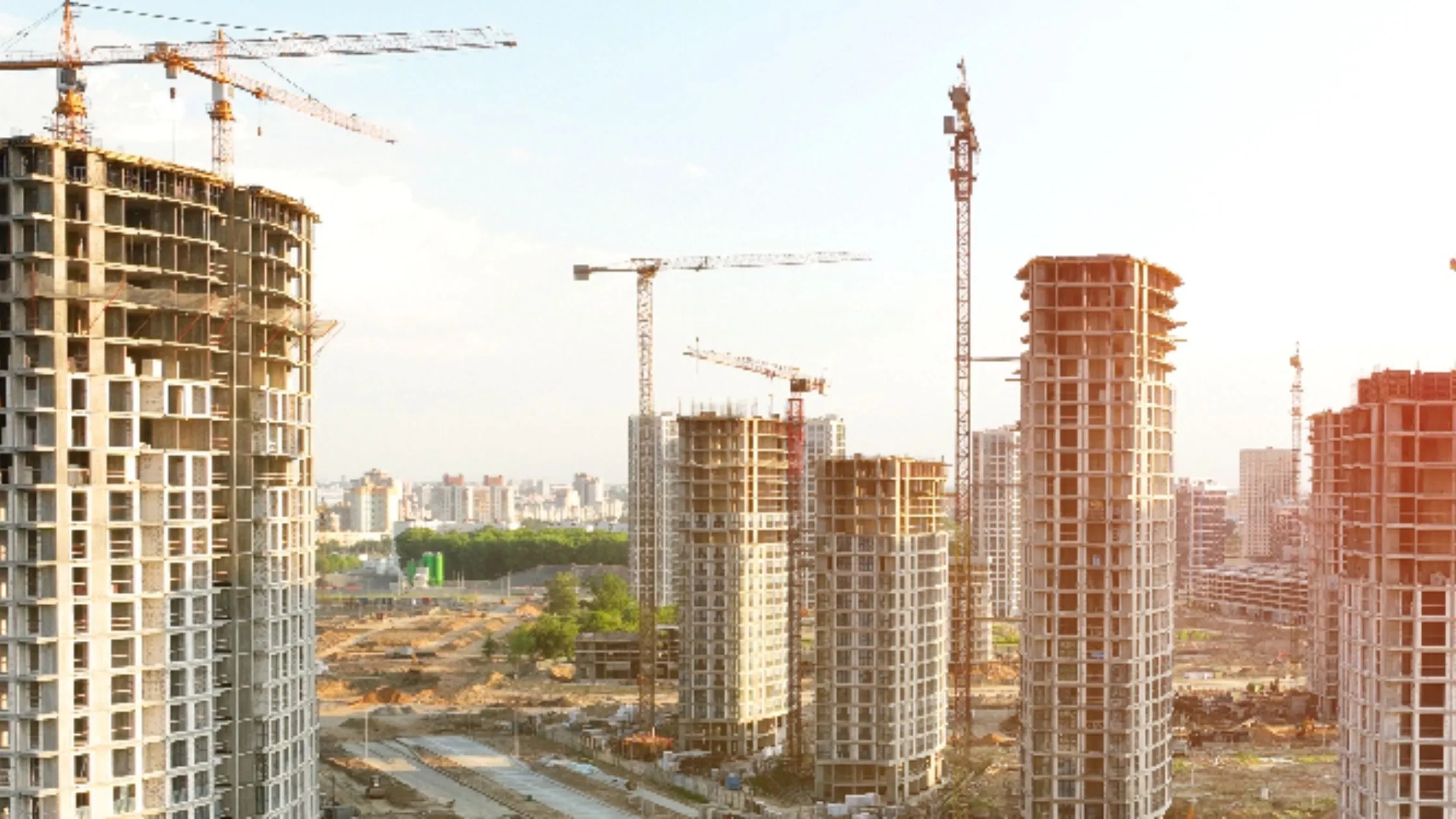
_1766473246.webp)
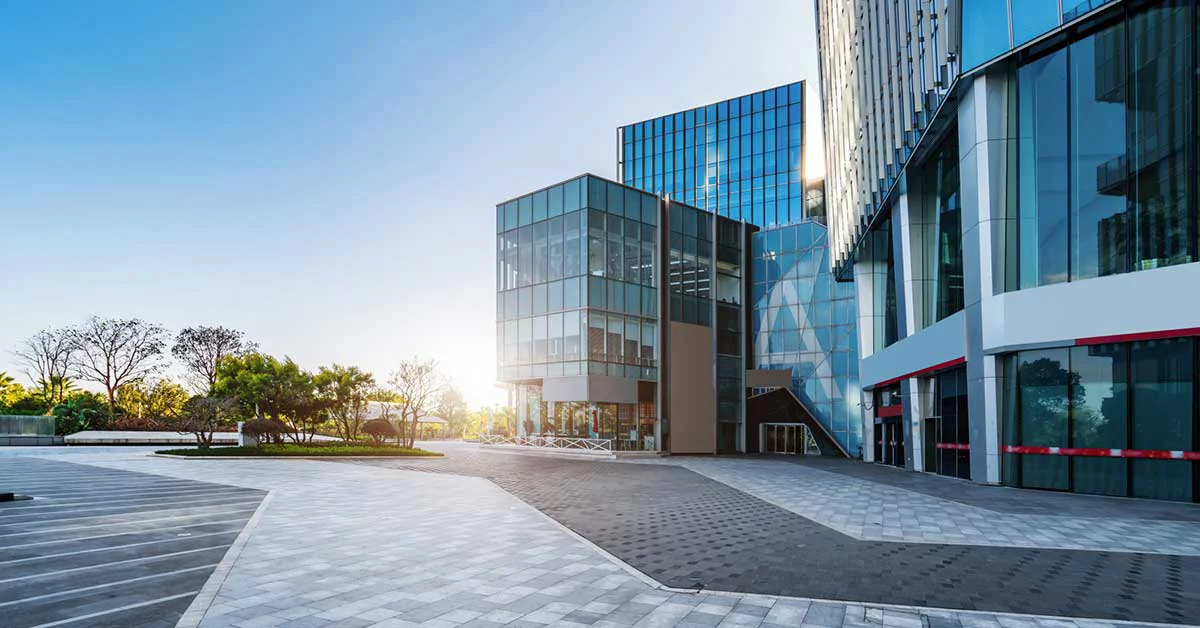

Ans 1. The policy aims to provide affordable housing for all income groups, focusing on urban redevelopment, slum rehabilitation, and innovative models like rent-to-own to ensure equitable access to housing across the state.
Ans 2. The Maharashtra government has committed ₹70,000 crore for the execution of the policy, with a target of constructing 35 lakh homes over the next five years.
Ans 3. The Maha Aawas Nidhi is a ₹20,000 crore state fund dedicated to financing large-scale housing projects under the policy. It ensures sufficient resources for project implementation.
Ans 4. The policy prioritizes slum redevelopment to improve urban living conditions and enhance city landscapes. It aims to provide dignified housing while addressing housing demand in densely populated areas.
Ans 5. A ₹2,000 crore self-redevelopment fund has been introduced to empower cooperative housing societies to independently undertake redevelopment projects, reducing reliance on external developers.
Ans 6. This model allows working women, students, and industrial workers to rent homes for up to 10 years with an option to purchase the property. It offers a pathway to homeownership and stability.
Ans 7. SHIP is a centralized digital platform designed to improve transparency, facilitate project tracking, and support data-driven decision-making in the housing sector.
Ans 8. Corporate Social Responsibility (CSR) funds are integrated into the policy to support social housing initiatives. Public-private partnerships are encouraged to develop innovative and inclusive housing solutions.
Ans 9. The policy is expected to boost the real estate sector, generate substantial employment, and promote integrated urban growth through sustainable urbanization initiatives.
Ans 10. Challenges include ensuring timely project completion, maintaining accountability, and achieving quality governance. Collaboration between the government, private sector, and citizens is critical to overcoming these hurdles.